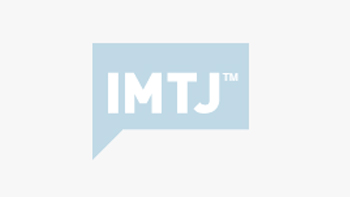Asiana Airlines, one of Korea’s flagship carriers, has seen that it can increase business by attracting medical tourists to South Korea. Rather than passively carrying more medical tourists each year, it is now working with hospitals and clinics in South Korea to promote the country as a medical tourism destination with advanced medical techniques and facilities. Asiana looks to become the primary carrier for foreign medical tourists and has formed business partnerships with 24 hospitals and clinics.
l tourists each year, it is now working with hospitals and clinics in South Korea to promote the country as a medical tourism destination with advanced medical techniques and facilities.
Asiana looks to become the primary carrier for foreign medical tourists and has formed business partnerships with 24 hospitals and clinics. The first was in 2009 with Hanyang University Hospital. It plans to add more hospitals and clinics to the partnership list.
The latest is a cooperation agreement with Yonsei University Healthcare System to jointly attract non-Korean patients. They will together develop a health check programme for foreign tourists and have promotional events abroad.
The airline will offer discounts to those visiting Yonsei University Healthcare System for healthcare services. In return, the hospital plans to make it more affordable for Asiana passengers to use its medical services.
Kim Soo-cheon of Asiana Airlines says, ‘‘ We have been actively promoting Korea abroad as an attractive medical tourism destination. By doing so, we have been able to secure this segment of non-Korean visitors. We will continue to boost cooperation with domestic medical institutions to encourage more foreigners to visit Korea to take advantage of advanced healthcare services.”
According to the Korea Tourism Organization (KTO), the number of medical tourists will likely reach 250,000 in 2014, up from 211,000. In 2013, the Chinese topped the list, with 56,000 going to Korea. The United States came in second, followed by Russia, Japan and Mongolia.
KTO expects the number of Russian medical tourists to increase as airlines have launched new routes into more Russian cities.








 ©2024 All rights reserved LaingBuisson
©2024 All rights reserved LaingBuisson 


